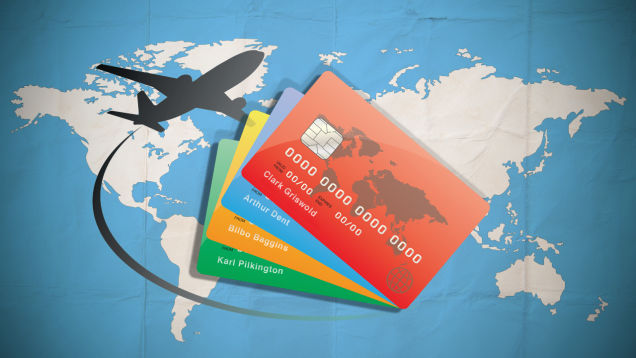International traveling can be a frightening experience, filled with new sights, cultures, and cuisines. As you plan your international adventure, it’s important to consider every aspect of your journey, including your financial strategy. One important element often overlooked is the impact of travel credit card fees on overall traveling budget. In this comprehensive guide, we will take you through the world of travel credit card fees, empowering you to make informed decisions and avoid unexpected charges while swiping abroad.
Understanding Foreign Transaction Fees
Imagine: You are strolling through a vibrant foreign market, captivated by the local flavors and artisan crafts. Eager to make a purchase, you whip out your trusty travel credit card, only to be met with an unpleasant surprise, a foreign transaction fee. Foreign transaction fees are charges imposed by your credit card issuer when you make a purchase in a foreign currency. These fees can range from 2% to 5% of the transaction amount and can quickly add up over the course of your trip.
The Impact on Your Budget: Crunching the Numbers
To easily understand the impact of foreign transaction fees, consider this scenario: You are on a week-long vacation in Europe, and you spend an average of $200 per day. With a 3% foreign transaction fee, you will be shelling out an additional $42 in fees alone. Multiply that by the duration of your trip and factor in any additional fees for cash withdrawals, and you might find yourself with a much larger bill than anticipated.
Solution is Travel-Friendly Credit Cards
The good news is that not all travel credit cards come with foreign transaction fees. Many credit card issuers recognize the importance of catering to globetrotters and have introduced travel-friendly options. These cards, often labeled as “no foreign transaction fee” cards, eliminate the extra charges when making purchases abroad. You can also apply for free airport lounge access credit cards if you are a frequent flyer and need lounge access on airports during flights. Researching and selecting such a card can save you a significant amount of money during your travels.
Dynamic Currency Conversion: The Alluring Trap
While navigating foreign transaction fees is vital, there’s another pitfall to be wary of: dynamic currency conversion (DCC). This seemingly convenient service is often offered at point-of-sale terminals, allowing you to see the cost of a purchase in your home currency. While it may appear helpful, DCC typically comes with unfavorable exchange rates and additional fees, negating any potential benefits. Opting to be charged in the local currency (the default option) through your credit card can result in better rates.
ATM Withdrawal Fees: Caution at Cash Points
Using ATMs while abroad can be a convenient way to access local currency. However, it’s important to be mindful of ATM withdrawal fees, which can include charges from both your credit card issuer and the local bank. To mitigate these costs, consider withdrawing larger sums of money less frequently and utilizing ATMs affiliated with your bank’s global network to avoid additional fees.
Travel Insurance Benefits: The Silver Lining
While travel credit card fees can be a financial nuisance, it’s not all doom and gloom. Many travel credit cards offer complimentary travel insurance benefits that can provide coverage for trip cancellations, lost baggage, and even emergency medical expenses. Review your credit card’s terms and conditions to understand the extent of your coverage, allowing you to travel with greater peace of mind.
Tips for Minimizing Fees and Maximizing Value
Choose the Right Card: Research and select a travel credit card with no foreign transaction fees to save money on your international purchases.
Notify Your Bank: Inform your credit card issuer about your travel plans to avoid potential security concerns that could lead to card suspension.
Carry Local Currency: For small purchases or markets that don’t accept credit cards, having some local currency on hand can save you from ATM fees.
Avoid DCC: Opt to be charged in the local currency when making purchases abroad to avoid unfavorable exchange rates and fees.
Use Global ATM Networks: If withdrawing cash, stick to ATMs that are part of your bank’s international network to minimize withdrawal fees.
Leverage Travel Insurance: Take advantage of the travel insurance benefits provided by your credit card to safeguard your journey.
Conclusion
When it comes to international travel, every dollar saved contributes to a more enriching experience. By understanding and navigating travel credit card fees, you can protect your budget, avoid unnecessary charges, and make the most of your adventure. Remember to choose a travel-friendly credit card, stay vigilant about dynamic currency conversion, and make use of available travel insurance benefits. With these insights in hand, you’re well-prepared to explore the world while keeping your financial well-being intact.








